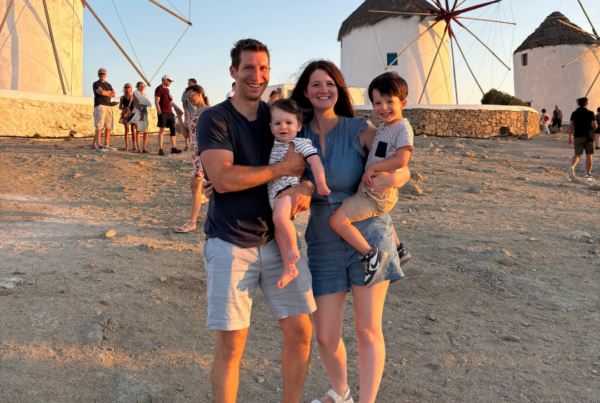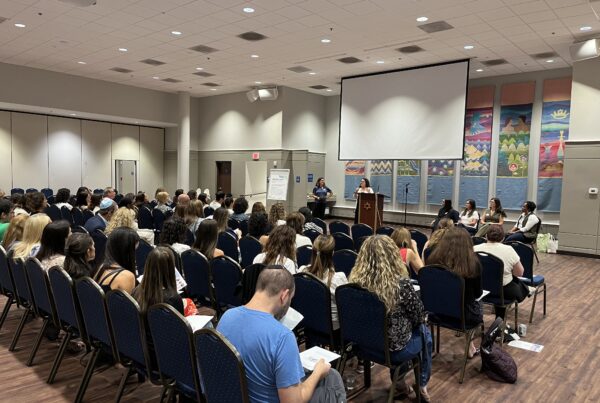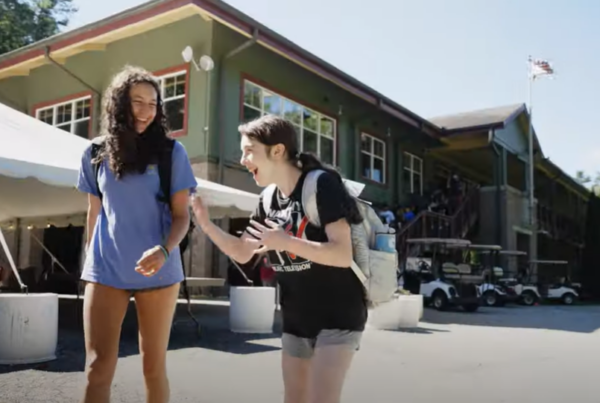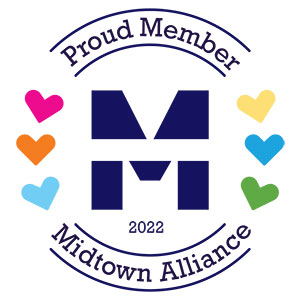Ana Robins, Executive Director, Jewish Kids Groups
If you are interested in contributing to a future issue about something you are reading (or listening to), please contact Rich Walter.
Teaching Religious Text in a Culturally Heterogeneous Classroom by Uri Bilmes
In his article “Teaching Religious Text in a Culturally Heterogeneous Classroom,“ Uri Bilmes, a middle school bible teacher in Israel, sets forth a framework for how to navigate teaching Torah to 30 students from different backgrounds.
He presents two strategies: “A Tapestry of Experiences,” and “Using Primary Sources,” that I believe to be central to reaching and engaging students. Like Bilmes’ classroom, Jewish Kids Groups Afterschool Communities serve students from different backgrounds. We, at Jewish Kids Groups, also have the added complexity of mixed-age and mixed-level classrooms. Additionally, some students attend only a few days a week while others come Monday thru Friday. As a result, our teaching team uses a variety of strategies to keep all our students engaged and growing Jewishly.
Bilmes first strategy, “A Tapestry of Experiences,” asks students– right up front, before any new learning takes place– to share their personal experience, emotions, and associations on a topic, using a metaphor. For example, if the topic were Yom Kippur, students are asked early on, how do you experience this idea? What is an object that represents your experience? One student might choose an empty dinner plate, while another student might choose a giant fish, and another might choose a prayer book.
“No one is saying what [Yom Kippur] is (or the Bible, or any other topic), but rather how it is subjectively experienced.” Bilmes explains, “Mapping out the spectrum of associations with the same story or subject is an effective way to reflect the complexity of the issue, while leaving the expression in the less confrontational form of imagery or metaphor.” The idea is to soften the barrier of exclusive thinking that often surrounds sensitive questions by showing the diversity of experience surrounding the issue at hand, without attacking a certain position. As a result, the groundwork is built for a more unguarded learning experience.
This approach is like that of educational philosopher William James, who, in his book, Talks to Teachers on Psychology and to Students on Some of Life’s Ideals originally published in 1899, lays out the critical nature of activating the “native reactions” of our students by engaging them from within. James says that “You may take a horse to the water, but you cannot make him drink; and so you may take a child to the schoolroom, but you cannot make him learn the new things you wish to impart, except by soliciting him in the first instance by something which natively makes him react.” Engaging children in their own opinions and experiences activates their native reactions, their natural curiosity, thereby increasing their engagement with the topic at hand. James would agree that Blimes is right on target with this strategy.
Bilmes second strategy centers around using primary sources, “Invite and Engage Using Text.” Bilmes explains that sacred text “is a magical medium that suggests itself unapologetically to the learner and invites the readers to grapple with it. It is original and honest. It does not bite.” Bilmes writes about sacred texts specifically, but his approach can be extended to primary sources generally.
In today’s world of constant commentary, opinion, and what has recently become known as the pervasive nature of “fake news” in our world, children desperately need primary source material in their learning. It teaches them that there is a source, that there is a bottom line, and that it is in the interpretation of these sources, where modern thought arises. How else do we teach our students to dig deeper to find truth and meaning in today’s world of twitter, facebook, and instagram?
The use of primary sources combined with activating native reactions through reflecting personal experiences opens the door to genuine conversations in a heterogeneous classroom. It is these types of conversations that we strive to consistently engage in at JKG, and why we believe our students develop close relationships to each other, respect for different perspectives, and personal connections to content. In 2022, with different forms of diversity in classrooms, utilizing strategies like Bilmes suggests in this article will increase engagement for all learners, as is our sacred duty and responsibility as educators.





